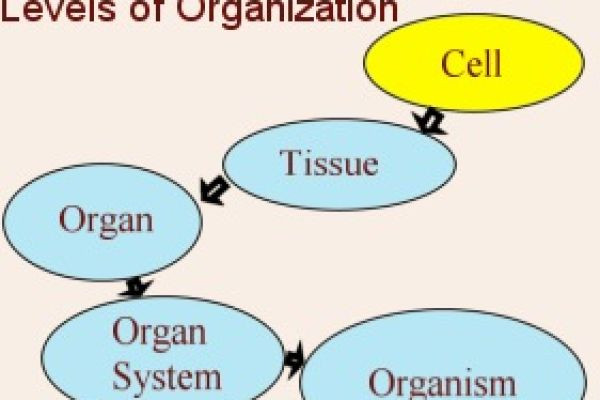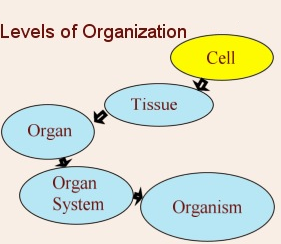Cells are organized to form tissue, organs, and organ systems. In a healthy organism, all the systems work together.
SPECIALIZED CELLS
TISSUES
ORGANS
ORGAN SYSTEMS
Various organs together make up an organ system. E.g. the circulatory system carries blood to all parts of the body. It is made up of heart, arteries, veins, capillaries and blood.
ORGANISM
Various organ systems together make up an organism.
An human organism has:
- A specialized cell is designed to do a particular job.
- Nerve cells have long fibers to carry massages.
- Muscle cells can contract and relax.
- White blood cells attack bacteria.
- Platelets help clotting.
TISSUES
- Large numbers of specialized cells make up tissue.
- Muscles, blood and nerves are all tissues.
- Blood tissue contains red cells for carrying oxygen, white cells for destroying harmful bacteria, and platelets to cause clotting in cuts
ORGANS
- Various tissues together make up an organ.
- Each organ has its own specific job.
- The heart, the stomach and the brain are all organs.
- The heart has to pump blood around the body. It is made up of muscle tissue, blood vessels and nerves.
- Arteries and veins are usually thought of as organ as they consist of several tissue layers.
ORGAN SYSTEMS
Various organs together make up an organ system. E.g. the circulatory system carries blood to all parts of the body. It is made up of heart, arteries, veins, capillaries and blood.
ORGANISM
Various organ systems together make up an organism.
An human organism has:
- Respiratory system
- Digestive system
- Circulatory system
- Nervous system
- Endocrine system



